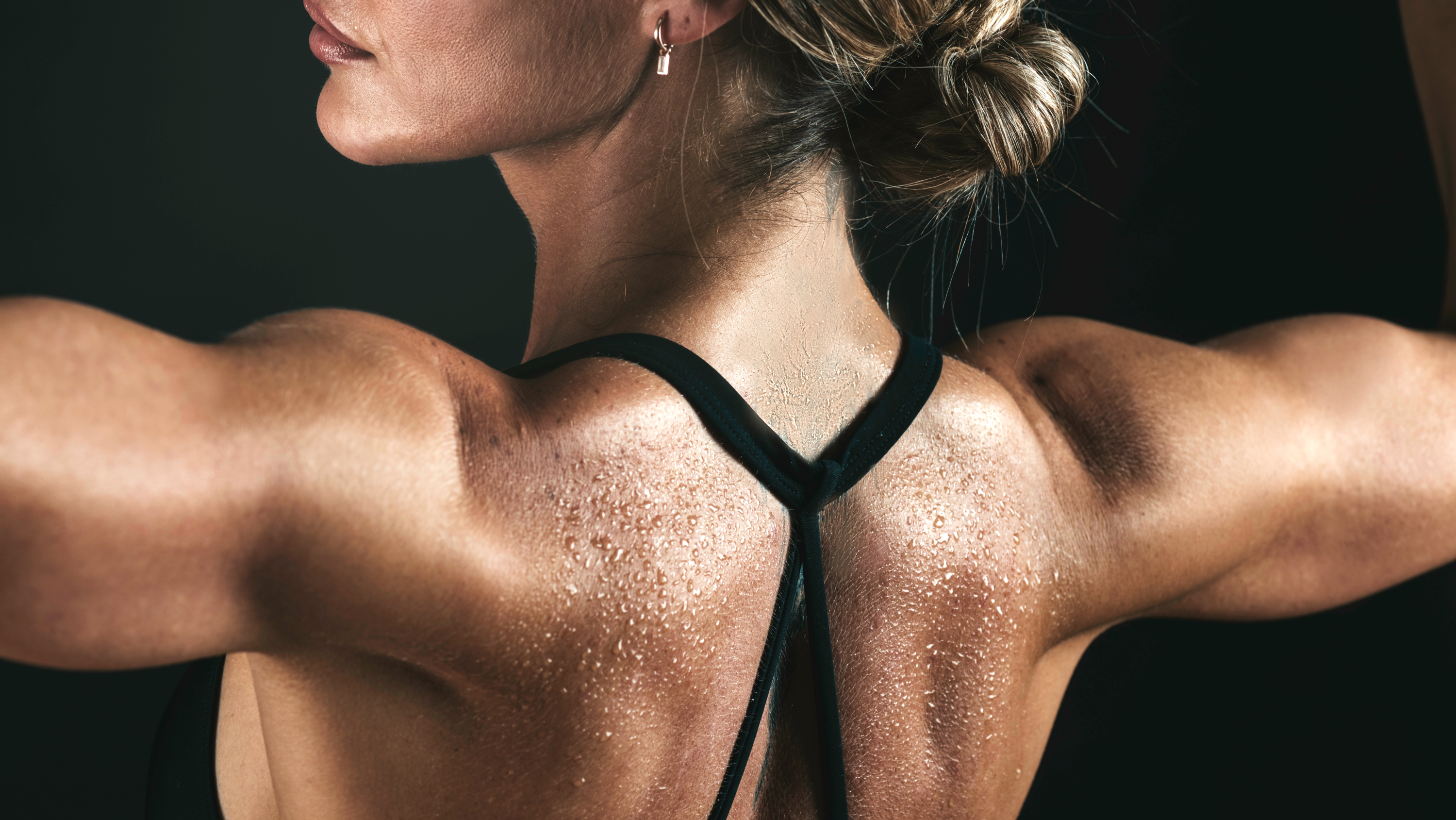
With this one-minute stretch, you can open your shoulders, build upper body flexibility and release tension from your pecs. And you don’t need to spend ages on your mat to feel the benefits in your delts, pecs and triceps. Plus, this one move also delivers a gentle spinal twist.
The laying shoulder stretch only takes 30 seconds to one minute per side, or longer if you enjoy it, and you just need one of the best yoga mats to support your body while you do it. To progress the exercise, simply bend your elbow and create a 90-degree angle with your arm, or raise your hand on a block to create extra space to drop into.
I swear by this stretch for releasing shoulder tension and program it all the time for cool-downs after workouts with clients. Below, I cover how to do it, the benefits and ways to modify the move to suit your ability.
Suppose you’re dealing with an injury, shoulder pain, or returning to exercise. In that case, I strongly advise getting cleared medically by your physician before jumping into this move.
What is the laying shoulder stretch?
Tight chest and shoulder muscles can negatively impact your posture and cause hunching or rounding. Over time, overused and tight anterior muscles combined with weak back muscles could lead to injury, underuse and instability around the shoulder joints.
To do the stretch, you’ll simply lay on your stomach, extend your arm on the ground and roll toward your outstretched arm to target the front of your shoulder, chest and arm, holding the position with your neck relaxed.
What muscles does the laying shoulder stretch target?
The main players during this exercise are the pecs (the muscles of the chest), triceps, anterior deltoids (fronts of the shoulders) and the twisting motion more widely targets the torso and the muscles that support the spine. You’ll likely feel the stretch down your sides and your back too.
Together, these muscles are responsible for posture, range of motion, mobility and improving exercise performance. Without full range around your shoulders, overhead exercises, holding weights at your chest, throwing, or even doing simple daily tasks become much more difficult.
How to do the laying shoulder stretch
- Start laying on your stomach and extend your right arm to the side at shoulder level
- Place your left hand close to your ribcage for support
- Press down through your right palm, then gently roll onto your right shoulder
- Bend your left knee and either press your left foot down close to your body or if you can, flip the left leg over to the right and land the foot on the outside of the right leg
- Hold the stretch, then slowly return to the center and switch sides
- Keep your neck relaxed and your head on the floor throughout
Bringing your arm closer to your hip will make the stretch feel slightly easier, or as mentioned above, you could bend the elbow of the arm being stretched to 90 degrees. Doing so will make the stretch feel more intense. If you struggle to flip your opposing leg over, keep your leg down and focus on opening the shoulder first.
Over time, you might find it easier to bring the leg over. You could also use a yoga block accessory and elevate your hand on it — this creates a deficit between your shoulder and the floor and allows you to drop deeper into the stretch.
Who should avoid the laying shoulder stretch?
If you find it difficult to maintain the position, you likely have very tight upper body muscles. I recommend some shoulder mobility and stretching exercises to ease you in or if you prefer, start with just 15-20 seconds and build up.
If you have back pain, twisting movements might aggravate your symptoms, so stop if you experience sharp or prolonged pain and seek medical advice.
Gently pressing through your palm will help activate the arm and shoulder. Be sure to keep your palm facing downward at all times otherwise, you could place undue pressure on your elbow or shoulder joint.
The shoulder stretch should be safe for most people, but if you experience shoulder or lower back pain, or have an existing injury, consult a medical professional first before trying it.







